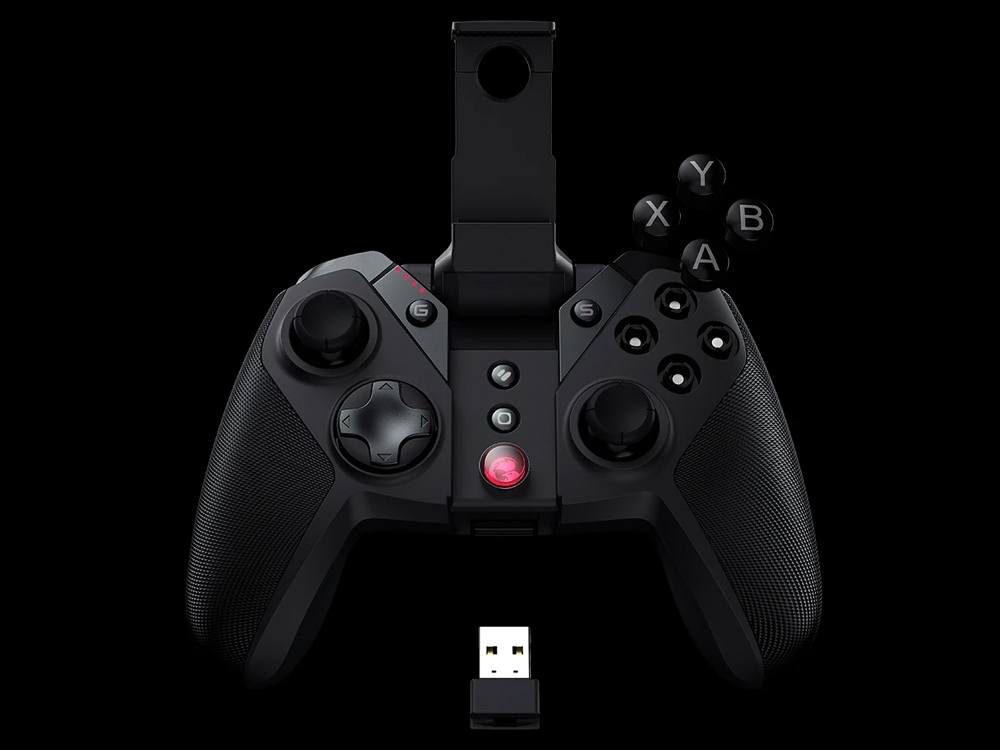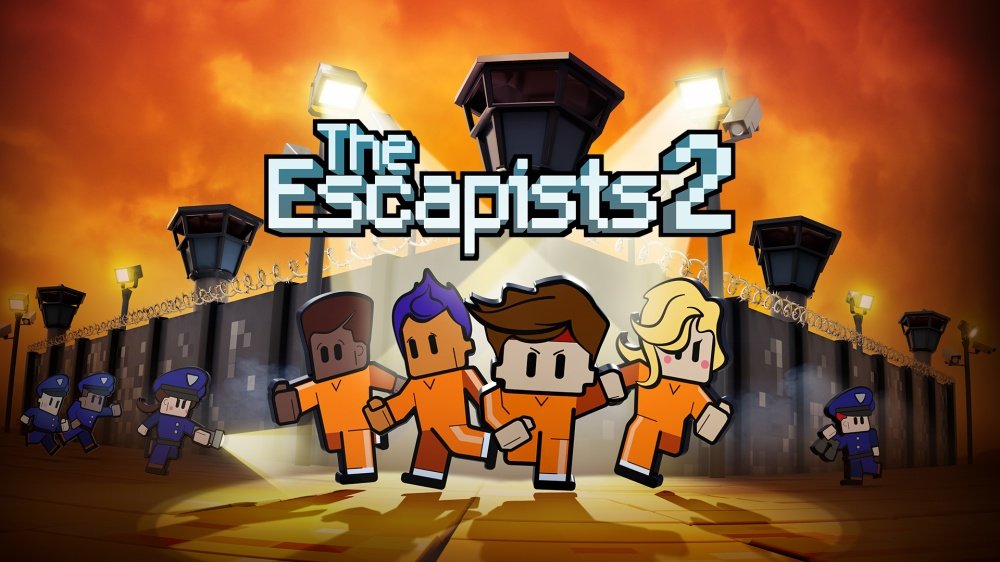
The motion control-focused Wii still managed to receive multiplats despite being essentially a GameCube with an overclocked CPU and no HD output thanks to its popularity and low development costs, but these tended to either be unique versions and/or shared with the PS2 (which itself would continue to receive games until the end of the 2000s). On the note of Nintendo, ever since the underwhelming sales of the Nintendo GameCube, the company has tended to sacrifice hardware power in favour of unique hardware features to differentiate itself, meaning that multiplatform games for their systems often lack parity with same generation Xbox or PlayStation versions. Microsoft would continue with the idea of offering different levels of gaming hardware in the ninth generation, with the Xbox Series X|S being low- and high-performance models from the start, while the PlayStation 5 is currently Sony's sole gaming platform.
#Multi platform games pro#
This generation also saw the introduction of the high-performance PS4 Pro and the Xbox One X models in the second half, meaning that console developers now found themselves allowing the lead of their PC counterparts in scaling their games to fit wider arrays of hardware specifications. The PlayStation 4 and Xbox One not only adopting the X86-64 architecture used by current PCs, leading to less disparities between the platforms and the rise of games that were "console" exclusive but still had PC version. Console versions of games would continue to become more and more like their PC counterparts than ever in the eighth generation. Series that used to be at least timed exclusives were now multi-platform from launch, and with the Xbox brand now selling just as well internationally as the PlayStation brand this time around, even Japanese developers began making games for both the Xbox 360 and PlayStation 3. The fact that the Xbox was a functionally small PC running an embedded version of Windows didn't hurt either.īy the seventh generation multi-platform development became the norm for most third-party developers due to the ever increasing budgets in mainstream games as a result of the standardization of HD displays. Even though the PlayStation 2 was the biggest selling console of this era, games on the Xbox and GameCube still sold well enough to ensure an even bigger profit than on the PS2 alone for very little extra development.

While multi-platform games were not uncommon during the 16-bit and 32-bit console generations, particularly among western developers, they started becoming more prevalent during the sixth console generation.
#Multi platform games ps3#
For instance, the Xbox and PC versions of Prince of Persia: The Sands of Time are quite similar the iPhone and PS3 versions of The Force Unleashed are quite a bit different.


This can vary quite a bit depending on how differences between platforms in question are. Some developers have stated that it raises the cost only about 10 percent. The time and effort to make a multi-platform game is not as great as some assume.
#Multi platform games software#
Any software program, particularly a Video Game, that is simultaneously developed and (usually) simultaneously released for more than one system.įunctionally, multi-platform games differ from ports in that the game was written with the other systems in mind even during initial development.


 0 kommentar(er)
0 kommentar(er)
